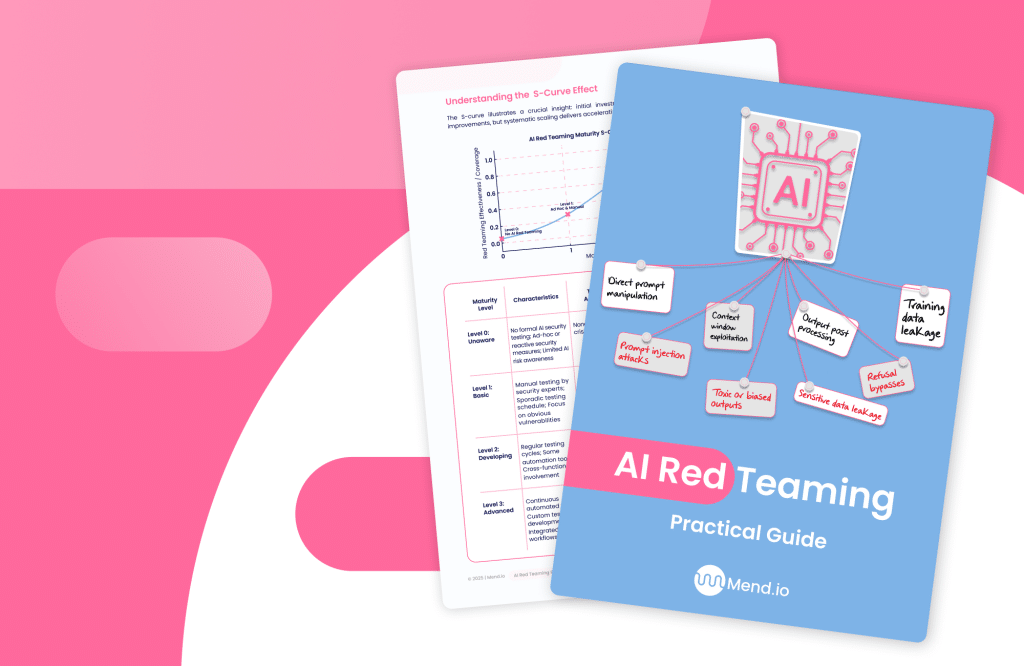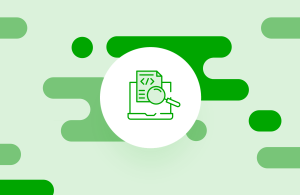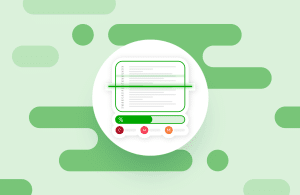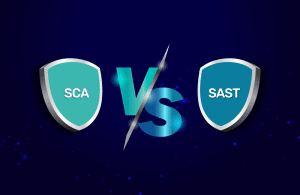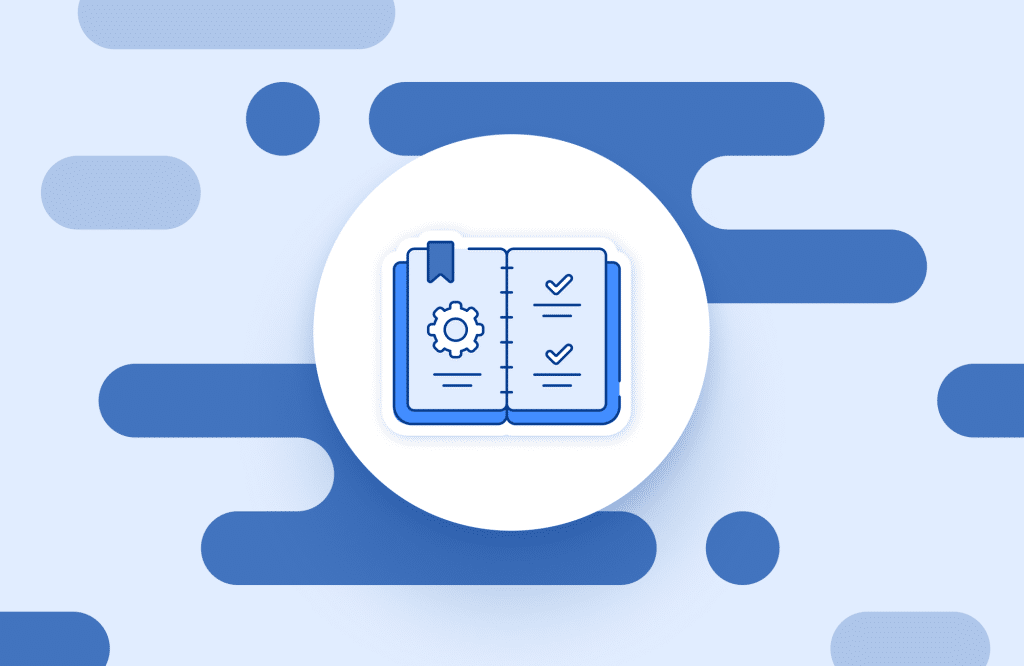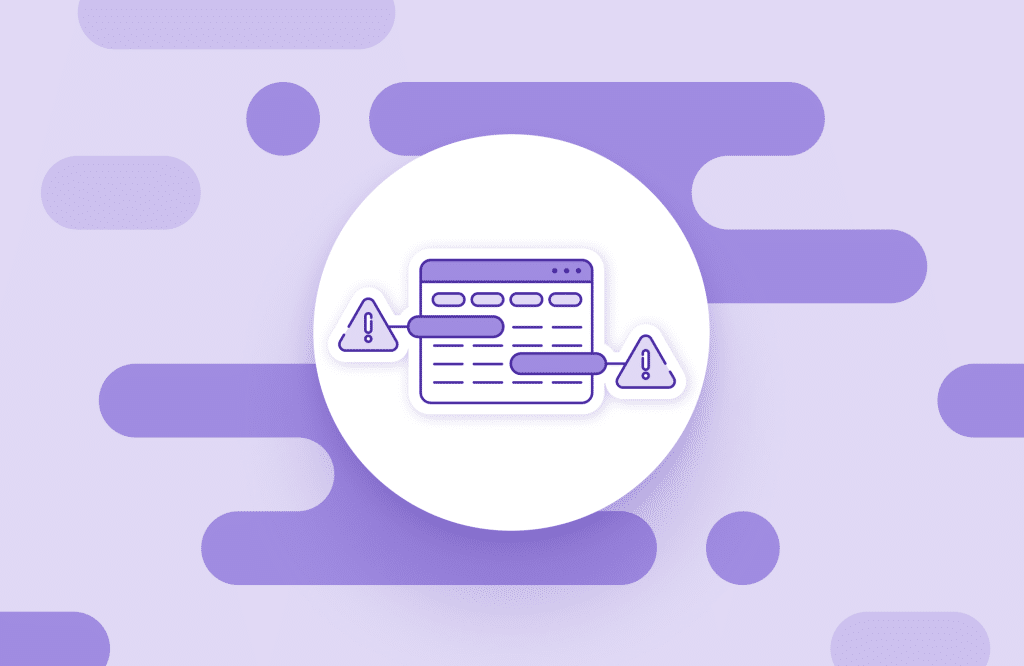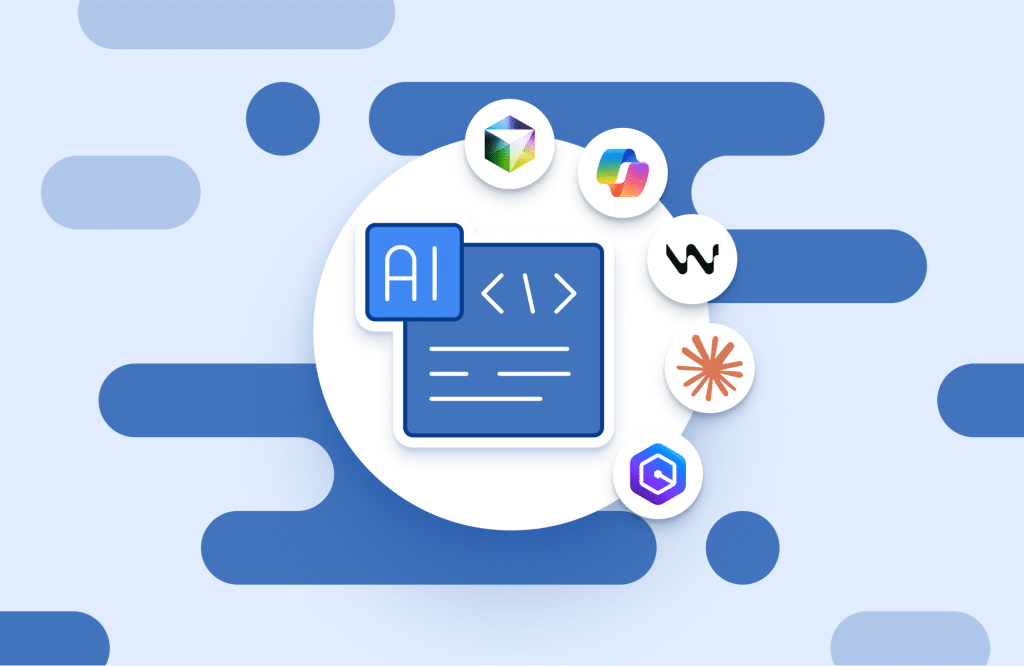Table of contents
Top Ten Tips to Choose a Great SAST Tool
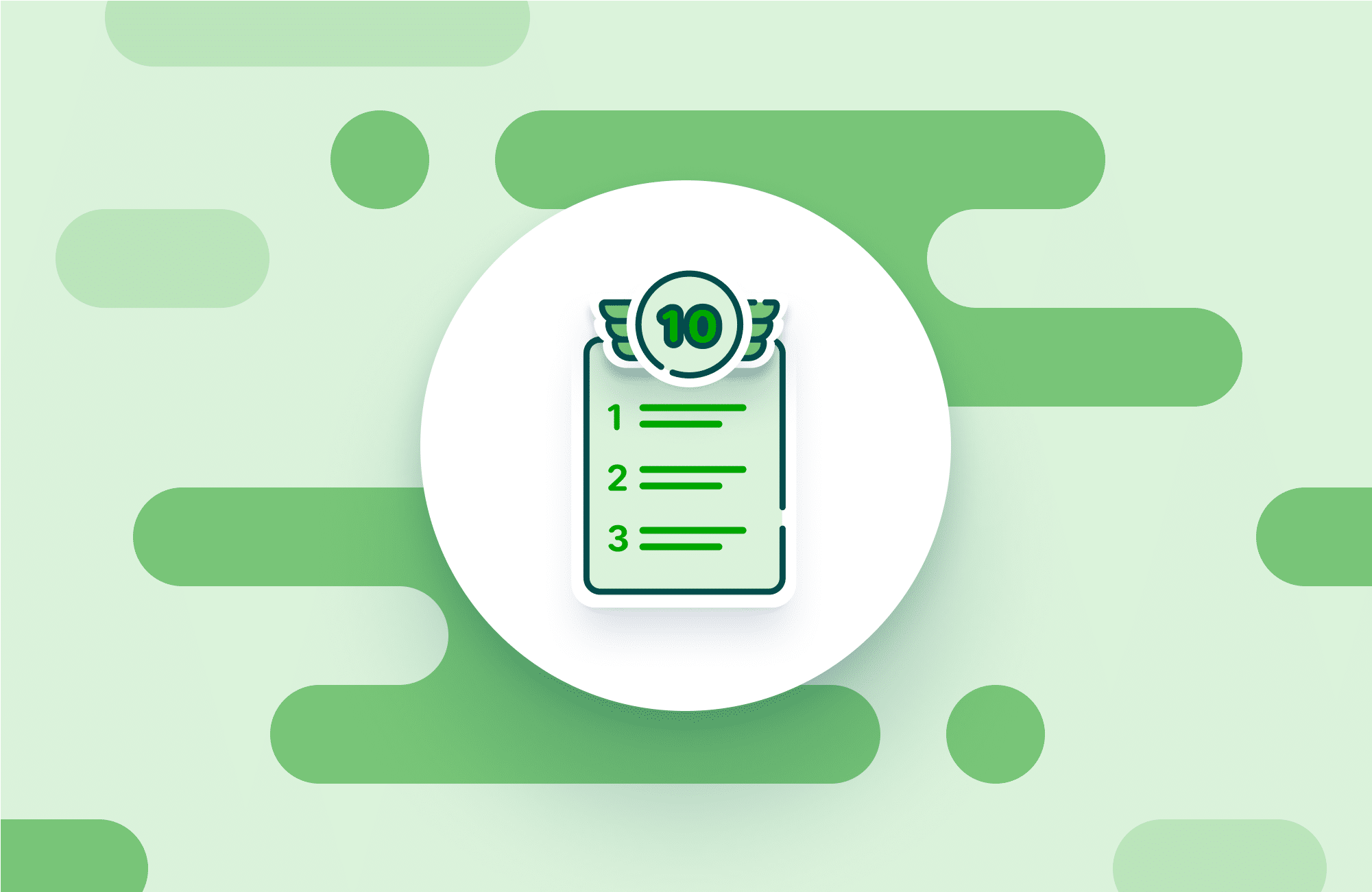
Static application security testing (SAST) has matured from a gate-at-the-end to a developer-first discipline.
Forrester’s Static Application Security Testing (SAST) 2025 landscape report highlights why: attack volume is rising, code is released at least monthly in one in four teams, and AI generated code is flooding pipelines with even more code to secure. The SAST tools that succeed are those that shorten mean time to remediate (MTTR) while fitting the way modern teams build. Use the following ten criteria, derived from the latest market data, to separate yesterday’s scanners from platforms that can protect you today and tomorrow. SAST doesn’t exist in isolation. Teams also rely on source code analysis and source code review tools to spot different classes of issues that SAST may not cover.
1. Native repository integration
A SAST engine should plug directly into GitHub, GitLab, Bitbucket or Azure Repos, inspecting every pull request in context. Forrester notes that integrating and automating scans early in the SDLC creates the rapid feedback loop developers need to fix issues before they reach production. If a vendor still asks engineers to upload ZIP files, move on.
2. Coverage for proprietary, open-source and IaC code
Modern applications blend custom logic, third-party libraries and infrastructure-as-code. Leading platforms now analyze source, dependencies and files such as Terraform or Kubernetes manifests in one pass, enriching findings with cloud-environment signals to prioritize real risk. Single-surface coverage prevents blind spots and eliminates the toil of stitching together separate SAST and SCA reports. To understand where these two approaches overlap and diverge, see our guide to SAST vs SCA.
3. Seamless CI/CD hooks
A security gate is useless if it adds hours to the build. Look for delta scans that finish in under a minute for each commit and full scans that fit an overnight schedule. The platform must expose results via REST and push work items to Jira or Azure Boards so developers never leave their flow
4. Risk-based prioritization and automated remediation
Developers’ top demand in 2025 is not “more findings” but a ranked punch list and code suggestions they can trust Best-in-class tools correlate data from runtime, SBOMs and exploitability feeds, then propose ready-to-merge fixes with human-readable explanations. Insist on confidence scores and the option to require review before auto-commits.
5. Shift-left and shift-smart coverage
Catching flaws in the IDE is cheaper than after deployment, yet some issues only surface when code meets real traffic. Mature SAST products analyze code as it is written, gate merges, run in the pipeline and correlate production telemetry to highlight the few vulnerabilities that truly matter. This end-to-end loop reduces alert fatigue while keeping critical risk visible.
6. Speed without sacrificing precision
Legacy scanners bogged pipelines with hour-long jobs and thousands of false positives. New entrants boast “actionable findings” by scanning only changed files or suppressing legacy noise. Measure both scan time and verified-true rate during a proof of concept; anything over ten per cent false positives will erode developer trust. False positives have historically been one of the biggest developer pain points. Our article on SAST false positives explains why they occur and how to minimize them.
7. Broad language and framework support—including emerging stacks
The adoption curve for Rust, Swift, Kotlin, Go and low-code DSLs is steep. Verify that the roadmap covers your main languages plus infrastructure scripting and AI pipelines. Coverage needs to extend to model files and notebook cells if you embed machine-learning components in production.
8. Developer-centric experience
Forrester observes a decisive shift toward tooling that “meets developers where they work,” with results delivered in minutes inside the developer toolchain. Look for inline annotations, IDE plug-ins, and contextual learning snippets rather than generic security training. A pleasant experience is not window dressing—it is the difference between secure code and ignored alerts.
9. Policy flexibility and audit-grade reporting
Regulated industries need to prove compliance with frameworks such as PCI DSS, SSDF and the upcoming US federal AI-safety requirements. Ensure that rules can be tuned per repo, severity thresholds enforced automatically, and evidence exported for auditors. Forrester lists compliance and reporting as a core use case buyers expect every serious vendor to address.
10. Alignment with the GenAI future
Generative tools like GitHub Copilot and ChatGPT accelerate delivery but also introduce novel flaws. Forrester flags genAI as the top disruptor, driving sustained demand for SAST that can adapt to new workflows and agentic coding styles. Prioritize vendors already analyzing AI-generated code, scanning prompt templates and offering remediation tailored to large-language-model patterns.
Putting it together
A decade ago the SAST decision hinged on rule-set breadth and scan depth. In 2025, the winners are those that combine contextual intelligence, developer empathy and automated fixes. Evaluate each vendor against the ten criteria above, run a time-boxed proof of concept with real repositories, and weight results by MTTR improvement rather than raw vulnerability counts. Do so and you will choose a platform that keeps pace with cloud-native release cycles, empowers developers to write secure code faster, and positions your organization to tackle the threats that AI-driven software development will inevitably bring.
